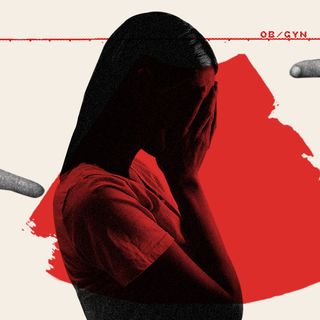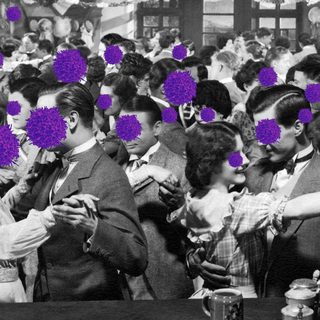The efficacy rate of Covishield, the locally-manufactured version of the Oxford-AstraZeneca vaccine, is over 80% when there’s a gap of 12 weeks between its two doses. When administered between a shorter period — like India is doing — its efficacy falls to 55.1%.
Administrators in India have preferred a four-week interdosal period since the vaccine, being produced by the Serum Institute of India in Pune, became available. At present, anyone who takes the first dose of the vaccine in India is automatically registered for the second dose after 28 days, according to the government’s CoWIN portal.
In mid-February, a World Health Organization (WHO) expert panel recommended an 8-12 week interval between the two doses. A Lancet study, which analyzed data from four trials involving more than 17,000 participants, also found the difference in efficacy: while Covishield’s efficacy is 55.1% when its two doses are administered less than six-weeks apart, it increases to 81.3% when administered after a gap of 12 weeks. Moreover, the study also found that increasing the gap between the doses also increases the vaccine’s immunogenicity, which is its ability to provoke an immune response from the body.
However, India has decided to stick with its plan. “As of now, the current recommendation (to start vaccinating after 28 days) stands,” Vinod K. Paul, chairman of the National Expert Group on Vaccine Administration for Covid19, told the Times of India, after the task force debated potential scenarios in light of WHO’s recommendations — despite some healthcare workers, who are part of the first phase of India’s immunization program, also demanding a 12-week gap between the doses.
Related on The Swaddle:
How Covid19 Variants Are Making It Even More Critical to Vaccinate Everyone, Quickly
“For such a huge population, it will be difficult to vaccinate people after a three-month (12-week) gap from the first dose. People may not turn up due to many reasons,” Dr. M.K. Sudarshan, chairman of Karnataka’s Covid19 Technical Advisory Committee, told the Indian Express. This does seem like a valid geographical consideration, especially given that India has a large migrant population. But it can also be argued that India’s vaccination program makes allowances for citizens to receive the second dose of the vaccine in a city different from the one where they got their first jab.
This may not be the only challenge health officials face: both re-jigging the logistics of the program and trying to ensure quicker mass immunization remain important considerations. Some reports suggest that a shorter window between the doses may prevent India from achieving its target of vaccinating 300 million people by August.
Experts, however, have pointed out that longer gaps in administering the vaccine could even facilitate the government’s program. According to Dr. Lancelot Pinto, a consultant pulmonologist at the P.D. Hinduja Hospital in Mumbai, it could allow the government to distribute a greater quantity of the first dose, which has an efficacy rate of 76% lasting at least three months. He tells India Today, “This also allows for a greater number of individuals to receive the first dose, rather than wait for everyone to receive two doses before rolling out the next phase”




